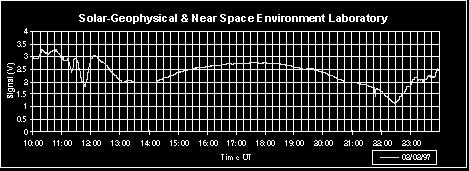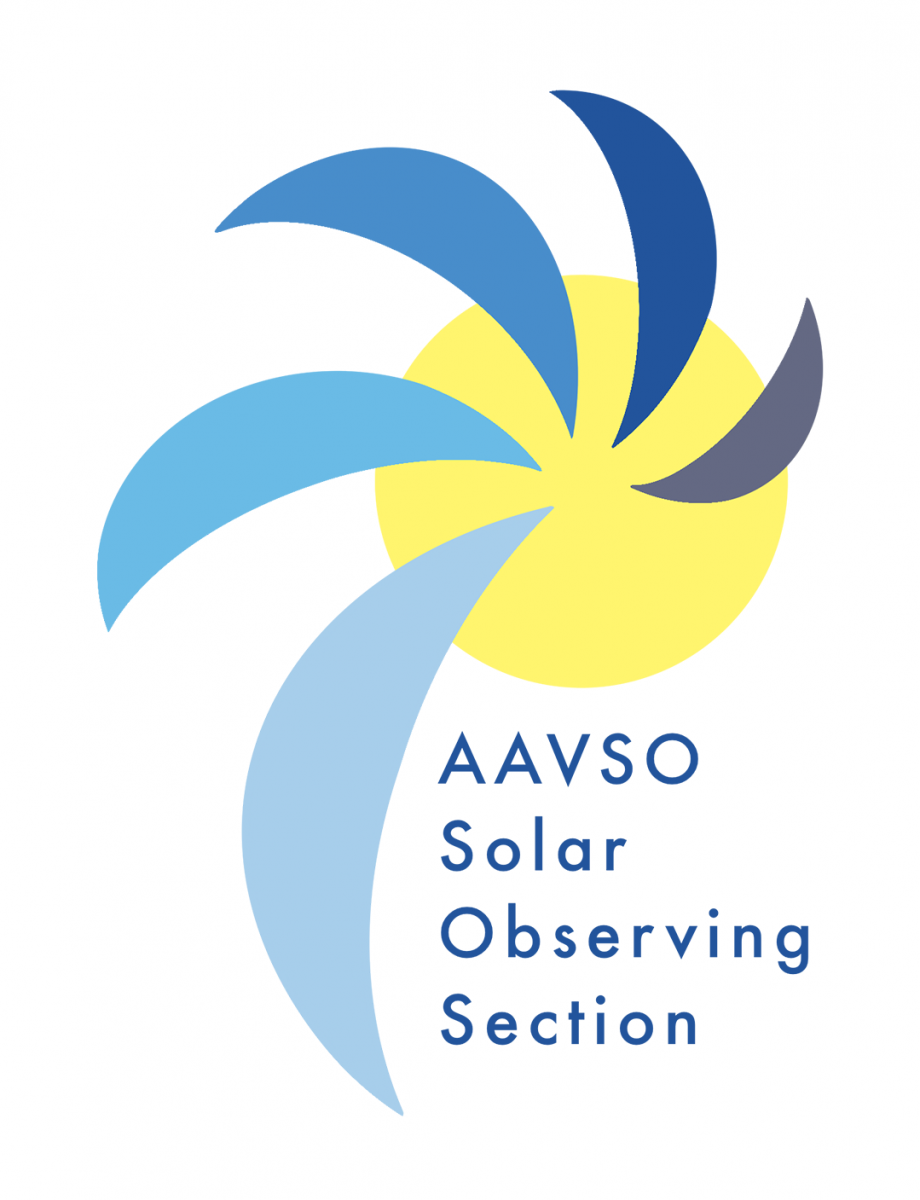Sudden Ionospheric Disturbances (SIDs)
The AAVSO SID Program consists of solar observers who monitor very low frequency (VLF) radio stations for sudden enhancements of their signals. Earth's ionosphere reacts to the intense X-ray and ultraviolet radiation released during a solar flare. The ionospheric disturbance enhances VLF radio propagation. By monitoring the signal strength of a distant VLF transmitter, sudden ionospheric disturbances (SIDs) are recorded and indicate a recent solar flare event.



